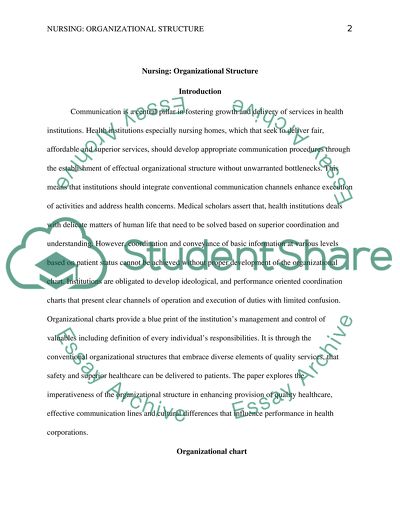Cite this document
(“Nursing: Organizational Structure Essay Example | Topics and Well Written Essays - 1500 words”, n.d.)
Retrieved from https://studentshare.org/nursing/1454239-work
Retrieved from https://studentshare.org/nursing/1454239-work
(Nursing: Organizational Structure Essay Example | Topics and Well Written Essays - 1500 Words)
https://studentshare.org/nursing/1454239-work.
https://studentshare.org/nursing/1454239-work.
“Nursing: Organizational Structure Essay Example | Topics and Well Written Essays - 1500 Words”, n.d. https://studentshare.org/nursing/1454239-work.


